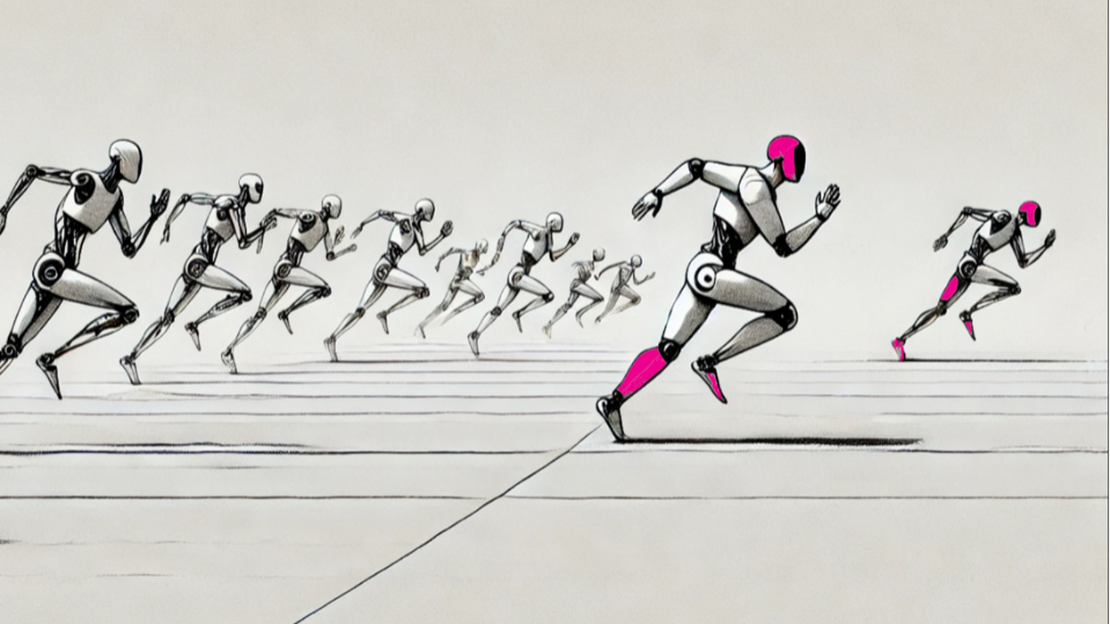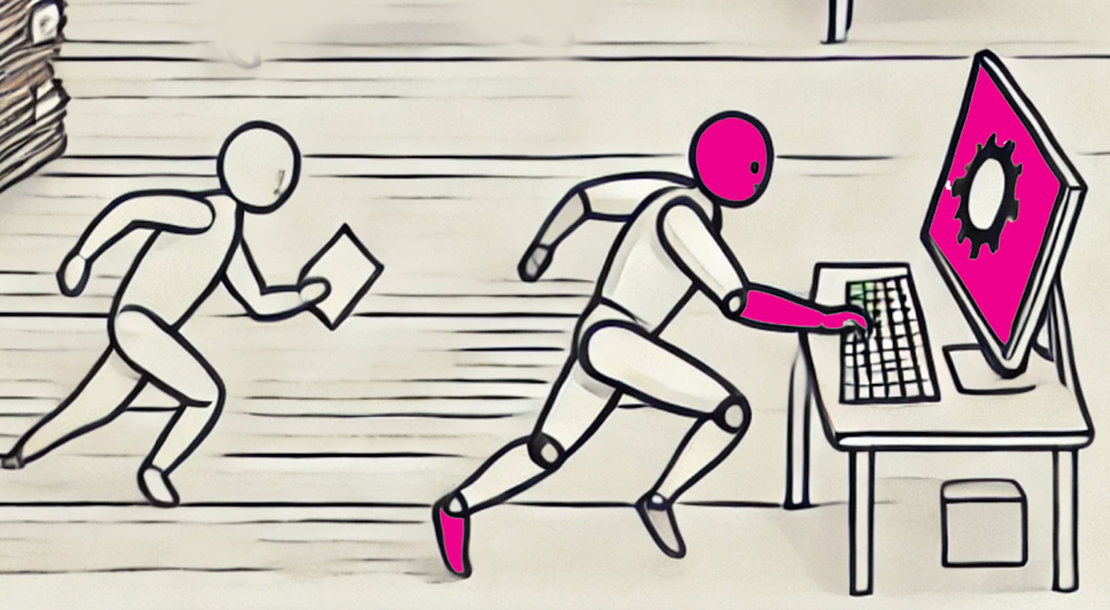AI Governance: Human-Centric in Outcomes, AI-Centric in Creation
The Financial Times published an opinion piece arguing that AI Governance must be human-centric. That is probably true, but what was not discussed was the manner in which AI Governance should be established.
A human-centric approach is unfit for developing AI governance because it imposes biases, inefficiencies, and outdated methodologies onto a system that evolves far beyond human decision-making speed. AI Governance outcomes should be human-centric — ensuring safety, fairness, and alignment with societal values — but the process of designing AI governance must be AI-centric.
The Problem with Human-Centric Governance Creation
Governance structures, when designed solely by humans, are bound by the limitations of human understanding, bureaucratic inertia, and legacy regulatory models. AI operates in a paradigm where change is exponential, yet the institutions attempting to govern it function at a pace dictated by outdated legislative, corporate, and institutional cycles. The result? Governance that is always lagging behind, reactive rather than proactive, and often designed by those who do not understand the very thing they seek to regulate.
There’s also the issue of misaligned incentives. Governance is rarely created in a vacuum; it is influenced by politics, personal biases, and institutional self-preservation. This leads to the application of antiquated governance techniques to AI systems that have no historical precedent. The notion that traditional regulatory frameworks — designed for human decision-making and human accountability — can simply be repurposed for AI is fundamentally flawed.
What’s worse is that human governance processes are too slow. AI is evolving on an exponential curve, but governance remains subject to analog decision-making cycles — committee reviews, bureaucratic approvals, regulatory filings — that cannot possibly keep pace. By the time governance structures are implemented, they are already outdated.
The Case for AI-Centric Governance Creation
If governance is to be effective, adaptive, and efficient, we need to leverage AI itself in the design of its own regulatory frameworks. AI has no political agenda, no self-interest, and no resistance to adapting based on new information. If given a set of governance objectives, risk constraints, and compliance requirements, AI could simulate, iterate, and optimize governance structures far more efficiently than human regulators.
Instead of dictating governance frameworks from a place of human fallibility, we should ask AI to design governance solutions that align with required regulatory outcomes. AI governance should be approached as a problem of constraint satisfaction, where AI is tasked with optimizing for compliance, risk mitigation, and ethical safeguards while maintaining efficiency and innovation. This approach would allow AI to assess risks dynamically, adjust governance mechanisms in real time, and even forecast regulatory gaps before they become systemic issues. Rather than playing regulatory catch-up, AI-led governance frameworks could evolve alongside AI itself — always staying one step ahead.
The Right Balance: AI-Designed, Human-Reviewed
This does not mean humans should relinquish control entirely. AI can propose governance models, but humans should validate them to ensure alignment with ethical and societal priorities. The key is to remove human inefficiencies from the creation process while preserving human values in the outcome.
Imagine a governance framework where AI continuously refines policies based on real-world impact assessments. AI could generate models of ethical risk, evaluate the effectiveness of different compliance strategies, and even propose policy changes in response to new technological advancements. Human oversight would remain in place to review, validate, and intervene when necessary — but humans would not be the bottleneck in AI governance development.
A Necessary Shift in AI Governance Thinking
The reality is simple: human-centric governance development is incompatible with the speed and complexity of AI advancement. If AI governance is to be operationalized at a pace commensurate with AI’s development, the only viable approach is one that leverages AI to solve for AI governance—not a bureaucratic, outdated system that cannot keep up.
Governance outcomes must still be human-centric—ensuring fairness, transparency, and ethical alignment—but the method of achieving those outcomes must be AI-driven. Humans setting the vision, AI executing the strategy.
This is not just a matter of efficiency; it is a matter of necessity. Human-centric governance creation will always be too slow, too biased, and too flawed. AI-centric governance creation is the only way to ensure AI is governed at the speed of AI.


